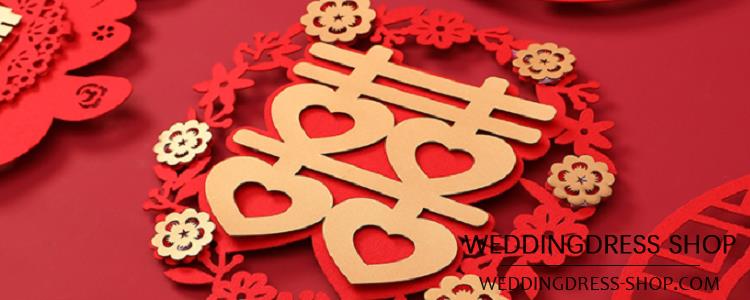The meaning of alliance refers to signing a treaty to protect the interests of both parties, and in marriage, it means engagement. In the almanac, 'engagement' refers more to the act of betrothal, sworn brotherhood, and also signifies the signing of an agreement. In marriage, it means engagement. You can refer to the "Yi Ding Meng" in the Chinese almanac when selecting the date for obtaining a license or getting engaged.

In the process of getting married, selecting the date for obtaining a certificate or getting engaged can refer to the "Yi Ding Meng" in the Chinese almanac. Obtaining a marriage certificate means that both the man and the woman go to the Civil Affairs Bureau to sign the marriage registration documents. Once the marriage certificate is obtained, the fact of their marriage is established, representing that their relationship is protected by law. Signing an alliance is also about signing a contract to agree on matters between both parties in order to protect their interests, so obtaining a license is considered an alliance Can Yidingmeng obtain a license
The complete process of alliance engagement
For families who are more particular, a complete alliance process is very important.
1. Ancestral Worship
Please ask the bride's uncle to light candles and burn incense, and the bride should give the mother uncle a "candle lighting gift". The matchmaker recites auspicious words and the bride's parents worship the gods and ancestors, and announce the marriage to pray for blessings.
2. Gift Cake
The bride will distribute the engagement cake to relatives and friends, and the bride is not allowed to eat her own cake.
3. Ancestral Worship
The man first worships his ancestors before departure, praying for a happy marriage.
4. Engagement banquet
After the engagement ceremony is completed, the bride hosts a banquet. At the end of the meal, the groom's parents give red envelopes of "table pressing gift" and "sister table". The female party should also prepare chicken legs tied in red paper and attach a red envelope to the male party's younger generation. The younger generation of the female party holds a basin of water (with a towel inside) to wash the hands of the male party's guests (the male party gives a "basin water gift" red envelope), which can be omitted if hosting a banquet in a restaurant. The man also presented red envelopes to all those who helped as a thank-you gift.
5. Yingna
When the male party hired a convoy to arrive about 100 meters in front of the female party's house, they fired a cannon, and the female party responded by firing a cannon. The matchmaker gets off the car first, followed by others; The groom finally invites the younger generation of the bride's family to open the car door and give them a red envelope (opening ceremony).
6. Introduction
The man's relatives and friends enter the woman's family in order, and the matchmaker formally introduces both parties' relatives and friends; First, introduce the man to the woman.
7. Collecting taxes
The male staff carried the Spring Sheng (now known as the Redwood Box) dowry into the female living room, and the female accepted the dowry as a red envelope (carrying husband gift/carriage husband gift) and displayed the dowry one by one. The matchmaker will deliver the gift list of large and small betrothals, gold ornaments, etc. to the bride's parents in the middle. The bride's relatives and friends will collect the betrothal gifts and display offerings on the altar.
8. Fengtian Tea
The female elders invite the male relatives to sit according to their age, with the groom taking the last seat. At this moment, the bride is led out of the hall by a lucky woman, holding sweet tea and offering it to the male guests one by one. The number of cups is equal to the number of people served, and there should be no more or less. The matchmaker reads auspicious words and wishes beside her.
9. Pressed Tea Ou
Later, the lucky woman will lead the bride out of the hall with a tea tray to collect tea cups. The groom's relatives and friends will place red envelopes and tea cups (rolled up and placed in the cups) one by one on the tea tray.
10. Hanging finger ring
When wearing a ring, first wear the bride's middle finger and then the groom's middle finger (usually only covering the second phalanx, both men and women have left hands), and the matchmaker recites auspicious words. The groom hands over money (red envelope) to the bride, and the matchmaker recites auspicious words beside him. The expectant mother-in-law puts on a necklace for the bride, symbolizing a gift upon meeting. After wearing the engagement ring, the matchmaker suggested that both parties change their names and adDRESSed each other one by one.
11. Female return gift
The gift returned by the female party to the male party is called "Huisheng" (also known as "Yasheng"), which is placed in the empty container after the male party takes out the "Xingpin Gift". The female party will give back a portion of the "employment gift" sent by the male party. The bride prepares 6 or 12 personal items to accompany the groom from head to toe in advance. Traditional reciprocity. If the dowry is refunded or only a small amount is accepted, the bride will leave a red bar, which will be taken over by the matchmaker from the bride's parents and handed over to the groom's parents.
Recommended reading: What is the difference between alliance and engagement